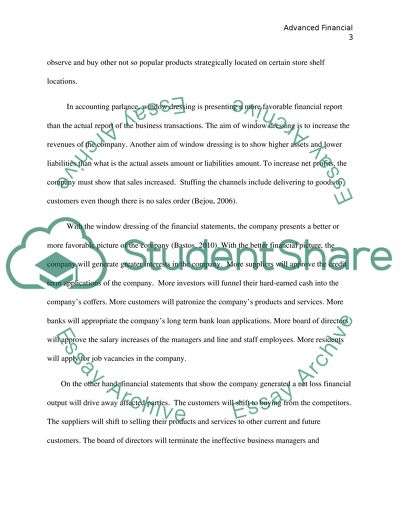Cite this document
(“Finance and accounting assignment: Advanced financial reporting and Assignment”, n.d.)
Retrieved from https://studentshare.org/finance-accounting/1404104-advanced-financial-reporting-and-regulation
Retrieved from https://studentshare.org/finance-accounting/1404104-advanced-financial-reporting-and-regulation
(Finance and Accounting Assignment: Advanced Financial Reporting and Assignment)
https://studentshare.org/finance-accounting/1404104-advanced-financial-reporting-and-regulation.
https://studentshare.org/finance-accounting/1404104-advanced-financial-reporting-and-regulation.
“Finance and Accounting Assignment: Advanced Financial Reporting and Assignment”, n.d. https://studentshare.org/finance-accounting/1404104-advanced-financial-reporting-and-regulation.


